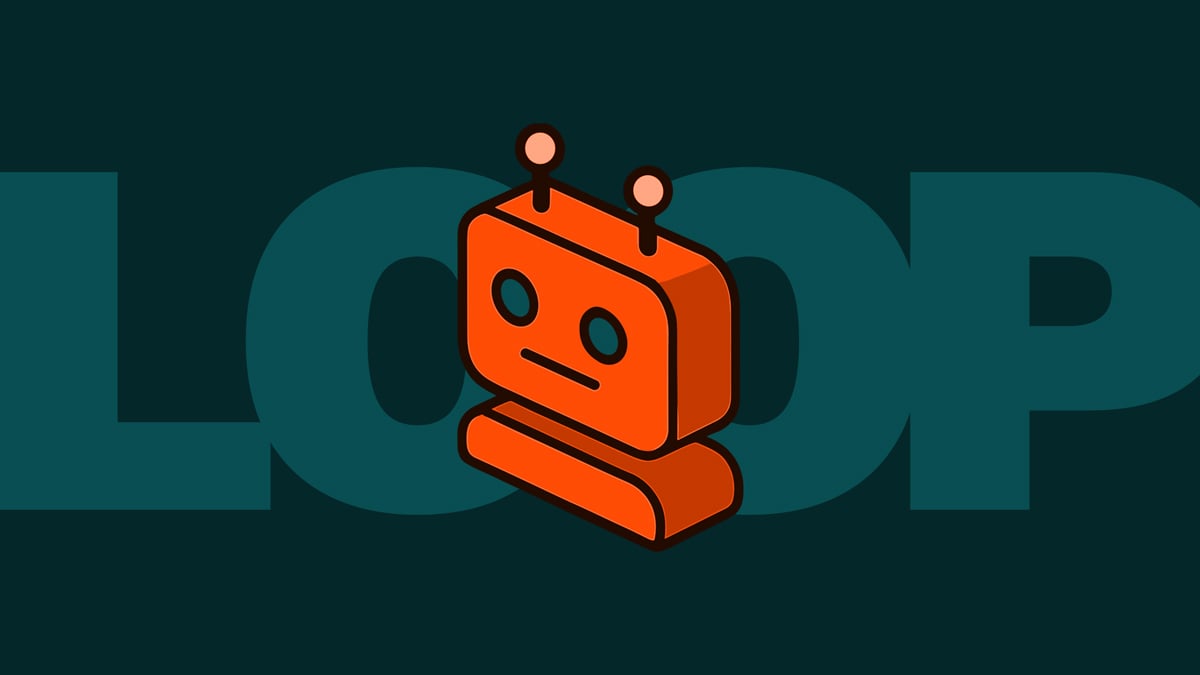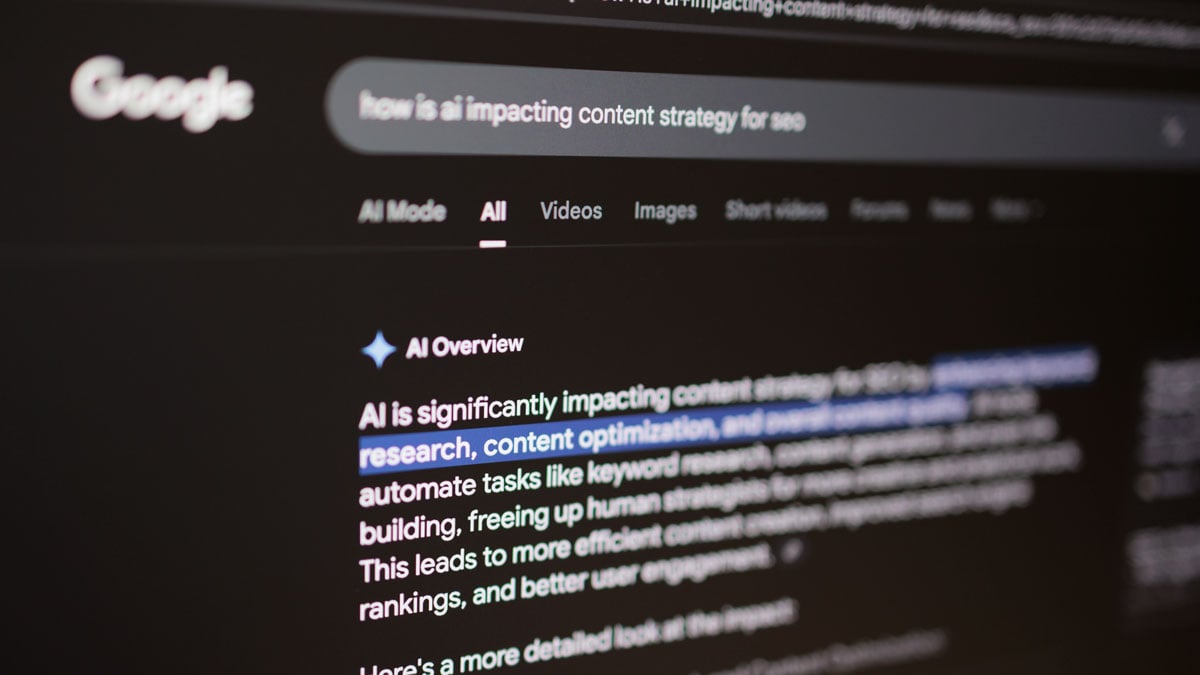How ChatGPT is taking over the conversation—and what it means for marketing.

March 14, 2023

While optimizing content for voice search is still a newer concept for many, another search trend is on the horizon. To say people have become fascinated with the AI-powered chatbot ChatGPT would be an understatement. This January, ChatGPT reached 100 million active users within two months of launching—setting the record for fastest user growth—and became one of the 50 most-visited websites in the world. Use cases have gone viral, whether it be using the chatbot to troubleshoot coding issues to having it write emails, silly poems and even essays based on creative prompts.
On February 27th, Snapchat announced the launch of its ChatGPT-powered chatbot called My AI which can interact with users in many ways, including recommending gifts and planning trips. As ChatGPT continues to take the internet by storm, we can expect to see big-tech companies and other social media giants incorporate similar technologies into their platforms.
Regardless of how it’s used, ChatGPT is transforming search by offering a personalized, conversational alternative. But it raises many concerns—from being misused as an automated writing tool to generating propaganda and pulling biased and inaccurate information across the web. In this blog, we unpack what ChatGPT is and how marketing teams are being affected.
What is ChatGPT?
Chat Generative Pre-trained Transformer is a chatbot created by OpenAI that pulls information from across the web to provide original responses in a conversational language. It’s different from a search engine in that answers are paraphrased—not cut and pasted from a source. ChatGPT uses artificial intelligence to answer as a human would, with unique responses intended to continue the dialogue.
Right now a free or paid version is available upon sign-up, and business plans and an API are in the works for the future. The free version is available during the research preview which OpenAI is currently using to gather feedback and data to improve the system. The paid subscription, ChatGPT Plus, is $20/month which includes faster response times and priority access to new features and improvements.
Competitors are quickly emerging.
Google and Microsoft are also heavily investing in conversational AI. ChatGPT itself is backed by Microsoft’s $1 billion investment in OpenAI. While Microsoft doesn’t have its own chatbot service, it recently introduced the new Bing—a search engine enhanced with AI. Unlike your typical search engine, it provides chat-like responses and is able to create content such as emails, product descriptions and more when asked.
Google isn’t far behind, introducing Bard this year, powered by Google’s Language Model for Dialogue Applications (LaMDA). It’s currently only available to trusted testers but will be released to the public in the coming weeks. Bard provides nuanced responses that show deeper insights into a topic as well as opposing sides, instead of a straightforward cut-and-paste answer. Furthermore, the web data it will be analyzing is more up-to-date, whereas OpenAI’s ChatGPT is currently limited to 2021 data.
Understanding the benefits, limitations and concerns.
The ability to understand complex questions and talk users through a process step by step has made ChatGPT a favorite tool among coders. And people everywhere are enjoying using the chatbot as a personal assistant that cuts through the clutter and provides easy-to-understand, paraphrased answers.
There are notable limitations, however. Since this technology isn’t able to discern the accuracy of content across the web, the biggest drawback is the likelihood of serving up false or biased information.
OpenAI plainly states "ChatGPT sometimes writes plausible-sounding but incorrect or nonsensical answers." And they aren’t alone in that struggle. Bard made an error during its demo, costing Google $100 billion in shares. Microsoft also warns “Bing will sometimes misrepresent the information it finds, and you may see responses that sound convincing but are incomplete, inaccurate, or inappropriate. Use your own judgment and double-check the facts before making decisions or taking action based on Bing’s responses."
The automated writing capabilities of these tools make plagiarism another significant concern. Educators are scrambling to prohibit access to ChatGPT on school networks but those efforts only go so far since students work on their own devices outside of school. To help educators, OpenAI released tips for identifying if content was written by a human or AI. They are also working on creating a digital watermark for long text that is auto-generated.
How AI technology is affecting SEO and content creation.
This technology is posing a big threat to Google’s Search business and there are marketers who fear AI chatbots will eventually take over search engines in popularity. However, as stated above, with the significant limitations of ChatGPT, there’s a long way to go. Chatbots are unable to discern if information meets the EEAT guidelines Google ranks content for—Experience, Expertise, Authoritativeness and Trustworthiness.
While Google has released statements in opposition to AI-generated content, it’ll be interesting to see how they continue to approach this topic as their own chatbot Bard evolves. Expect responsible AI to be a hot topic throughout the next few years as tech companies navigate how to deliver AI experiences that encourage responsible use, mitigate risk and keep humans at the center.
While an AI chatbot shouldn’t be used for content creation or research—and is no replacement for expertise—there are small ways marketers can use it as a tool to help with tedious tasks. For example, it could be used to summarize existing market research, distill information from multiple sources or provide a keyword analysis. However, very detailed questions and prompts are required to return quality answers, and still should always be fact-checked if not using approved content as a basis for evaluation.
Discussions about conversational AI are far from over, and it will be interesting to see how not only everyday life but marketing workflows are affected as chatbot technology grows and evolves.





